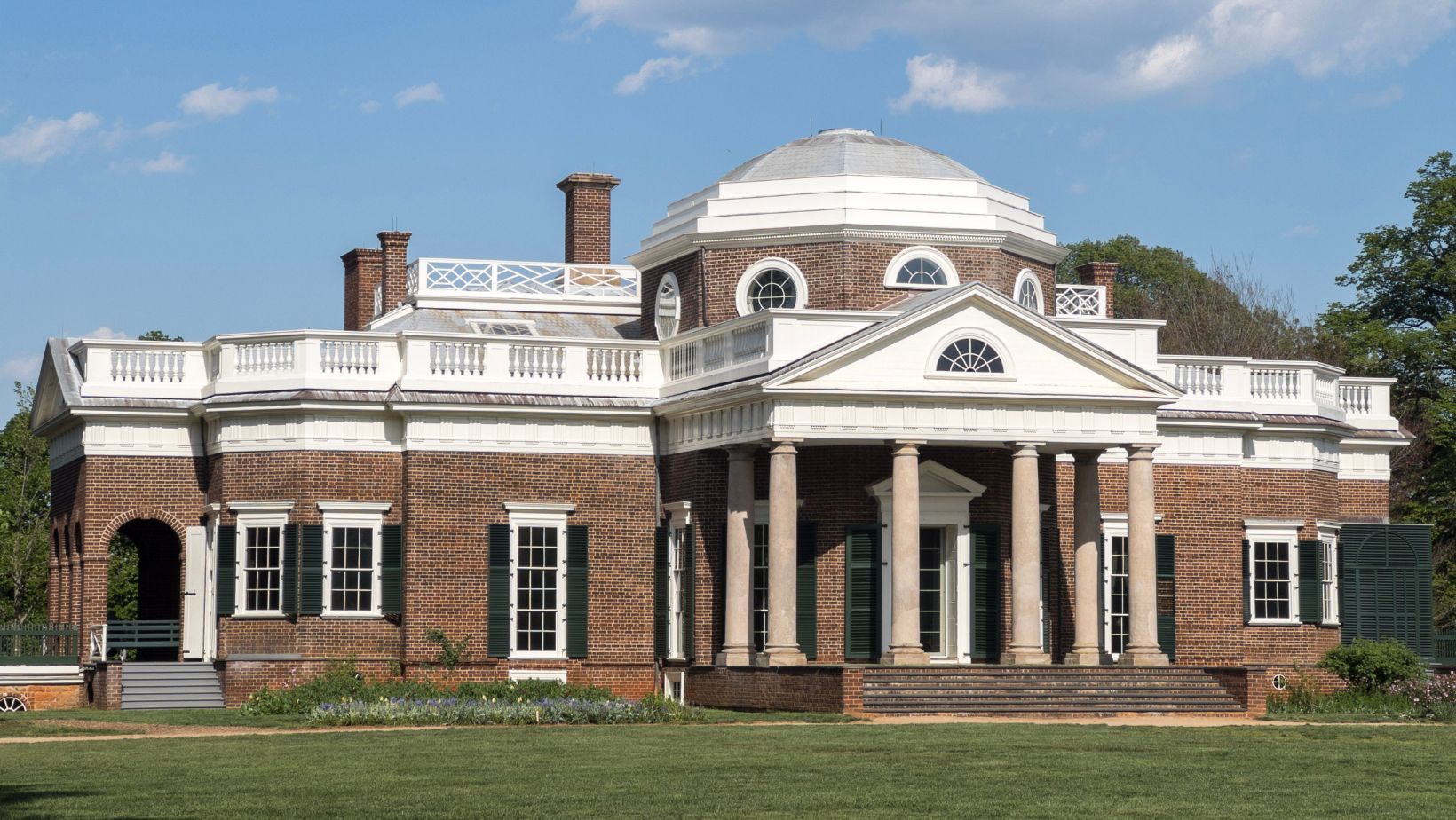When you visit Monticello, you quickly learn that there were some rather quirky things about Thomas Jefferson. He used to read and write in his study with birds flying around inside; despite their many impracticalities, he loved Alcove Beds, which are beds built into the wall, with just one side open (his guests who had to sleep in them were not quite so fond of them); he kept a death mask of Oliver Cromwell on his bookshelves (yeah, a little creepy); and the entryway of Monticello is basically a museum (of dinosaur bones, medieval armor, native American weapons, and more), so that his guests, who sometimes had to wait for hours to see him, would have something interesting to do while they waited.
But one feature of Monticello was particularly revealing: Jefferson intentionally made the three-story home look like a one-story residence by setting the second-story windows at floor level to look like they were just extensions of the first floor windows, and by installing a railing around the top floor to hide it. He did not want his home to appear too grand or ostentatious.
In both good and bad ways, it was in many respects an architectural reflection of the man himself. You might be surprised to learn that Jefferson was a bit shy, and when elected President he delivered his inaugural address so quietly that many could not even hear him, yet the substance and power of his words—the content of his message—was much greater than the volume with which he delivered them. However, as we know, he also penned the great words of the Declaration of Independence—that all men are created equal—and at the same time owned many slaves who were never freed in his lifetime.
A man and his home, where the exterior architecture does not always match the interior substance. I think that’s a little bit true of all of us, don’t you?
Have a wonderful day.


